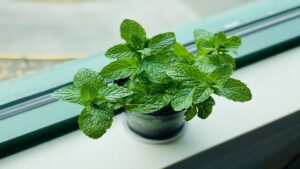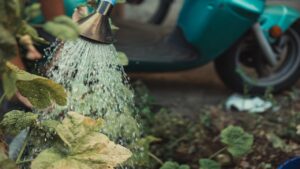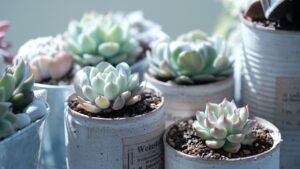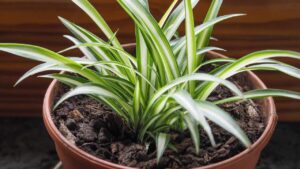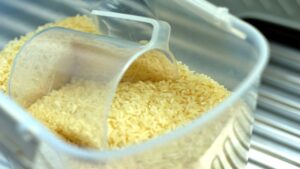How to Water Your Plants the Right Way and Mistakes Not to Make
Growing and taking care of plants is a very rewarding task, but it also requires the right attention. Each variety of plant has its own needs, both from an environmental and nutritional point of view. A vital factor for plants is undoubtedly irrigation, which, at first glance, might seem like the easiest and most obvious action of all.
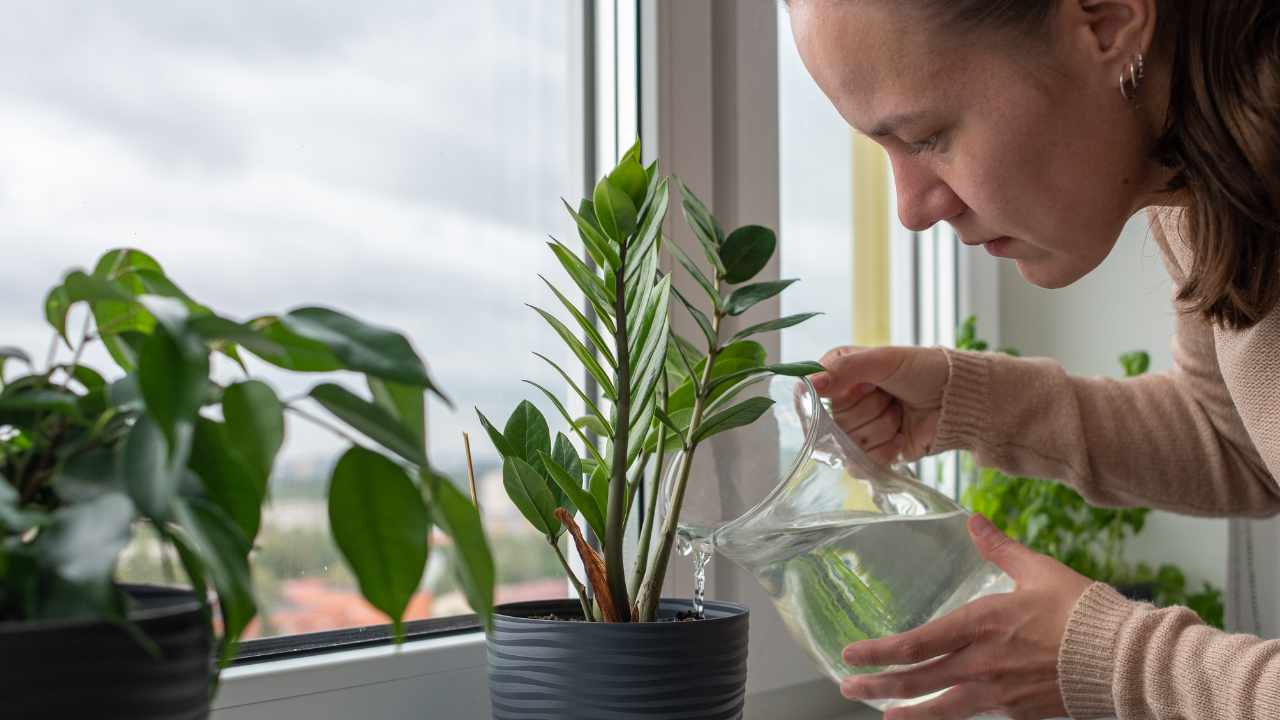
In reality, irrigation does not just mean administering water. This action could lead to the plants thriving or dying from root rot. Today, we want to give you some valuable tips to help you water your plants correctly, ensuring their health and preventing potential issues.
How to water plants correctly
Start by getting to know your plant. For example, if it’s a succulent, it naturally requires less water than other plants. When creating a mix of different plants, think about how well they get along, considering both the soil and water they need.
All plants share a common preference for the best time to water: early morning or late evening. During these 2 moments of the day, the soil is cooler, preventing water from evaporating and enabling efficient absorption by the roots.
How often you water your plants depends on various factors like plant type, growth stage, climate, temperature, and humidity. A good rule is to let the soil slightly dry between waterings to prevent roots from rotting. Test the soil by checking its dryness at 2 or 3 cm depth before deciding to water.
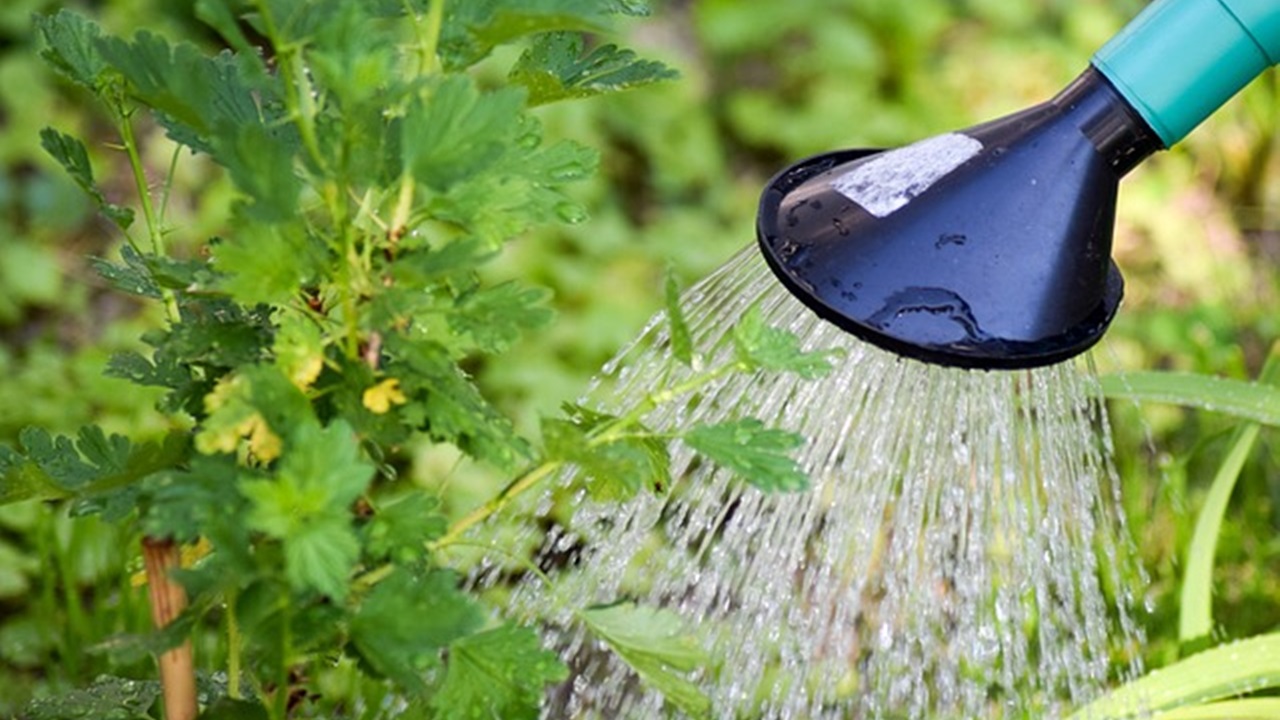
Watering too much is one of the most common mistakes to avoid. Excessive moisture in the soil can cause root rot and mold growth. Allowing the soil to dry slightly between waterings is crucial. On the other hand, underwatering may lead to plant dehydration and eventual drying out. Striking a balance is key—providing plants with the right amount of water, tailored to their specific needs, ensures their health and vitality.
Avoid the mistake of using water that’s too cold or too hot; room-temperature water is ideal for plants. Cold water can shock the roots, while hot water can harm or kill the plant. Finally, always remember not to wet the leaves to prevent the plants from becoming easily attacked by diseases and parasites.
